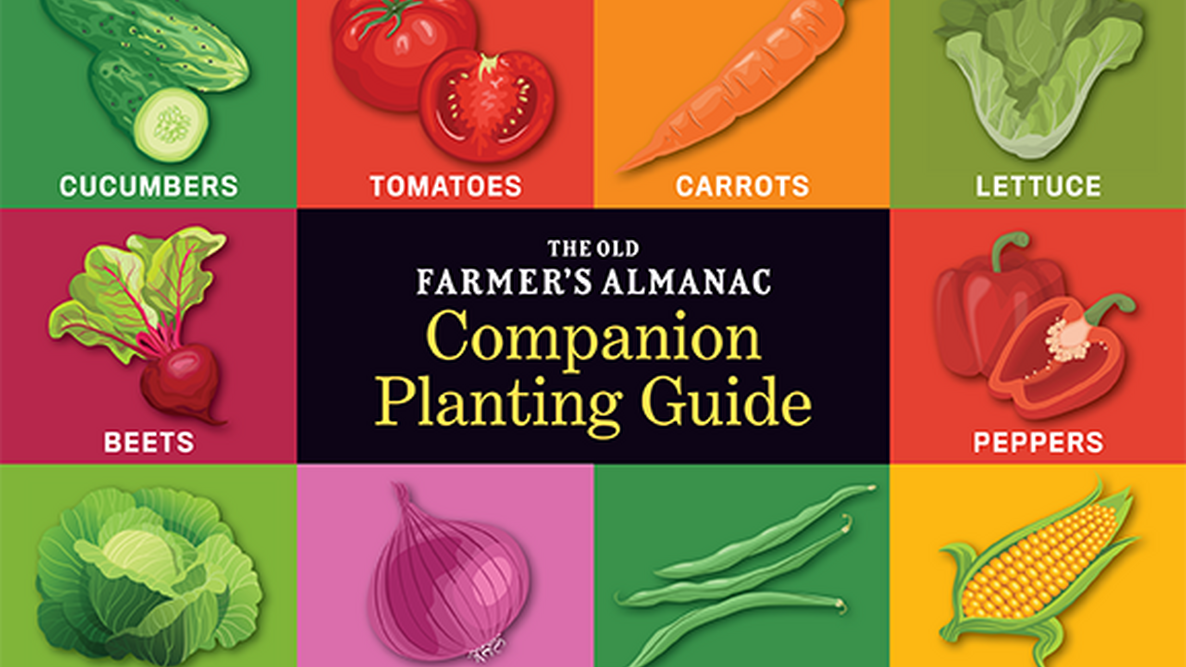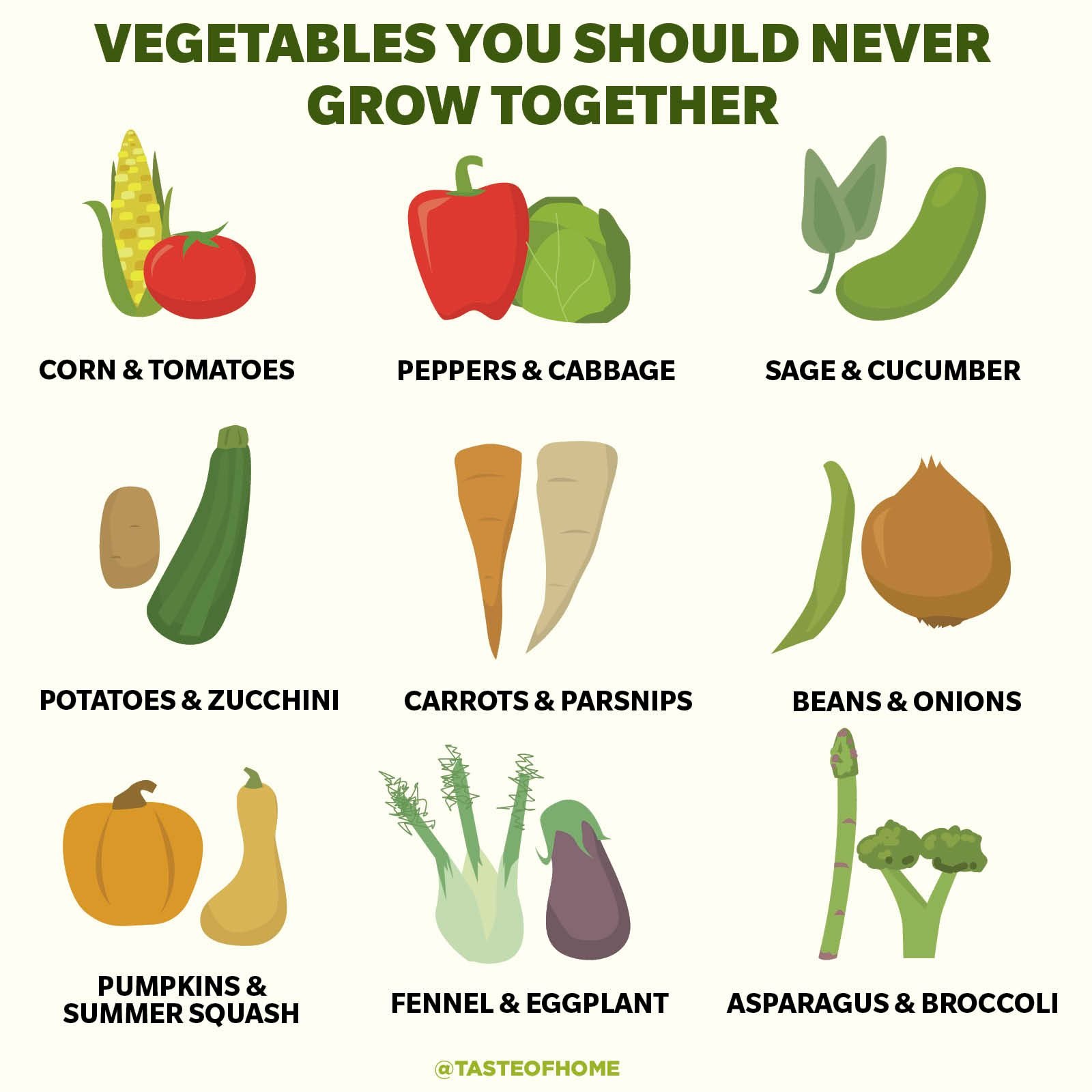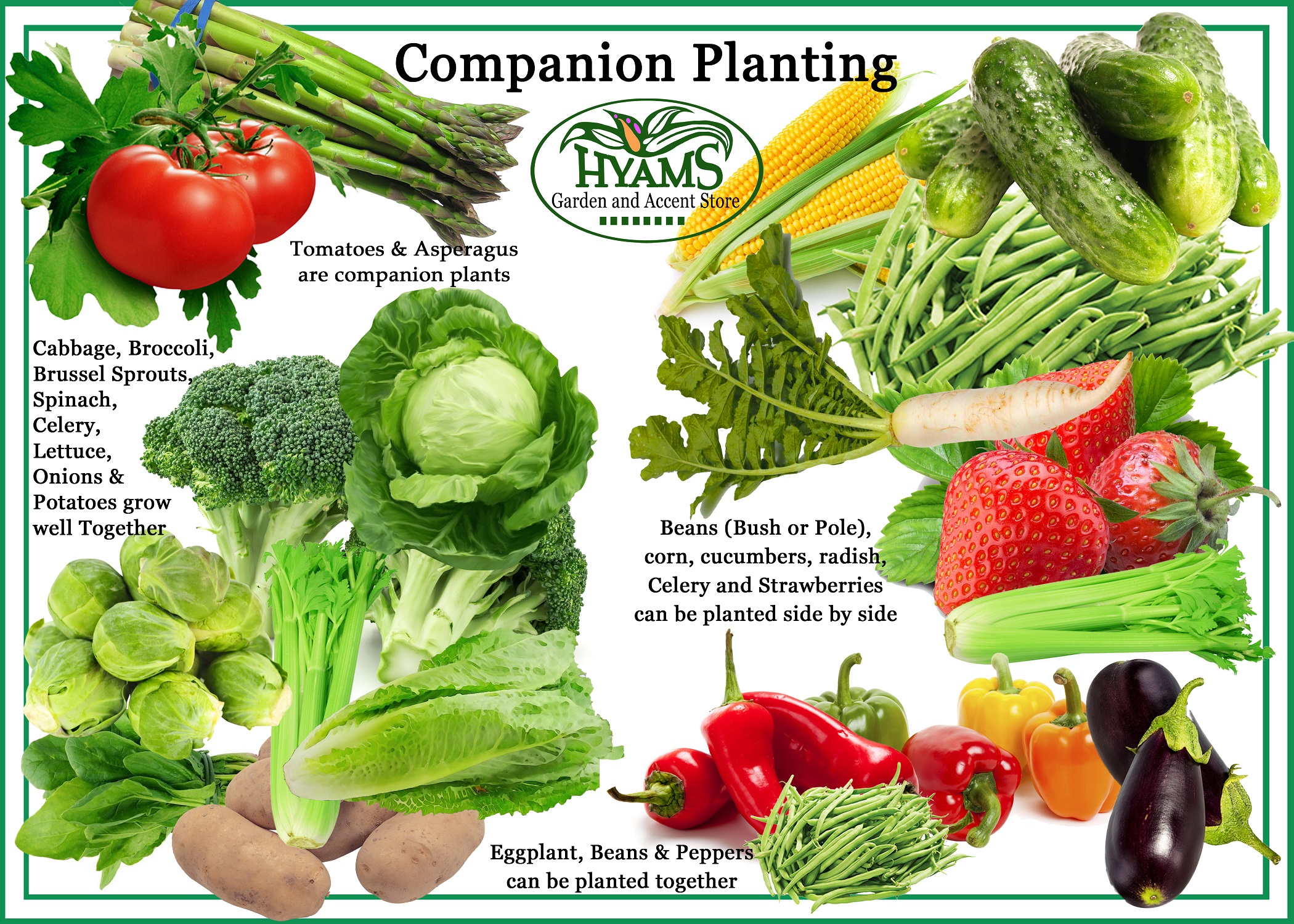The Ultimate Guide To Companion Planting For Vegetables
The Ultimate Guide to Companion Planting for Vegetables
Companion planting is a gardening practice that involves planting certain types of plants together to benefit each other. There are many different benefits to companion planting, including:
- Reduced pest and disease problems: Some plants naturally repel pests or attract beneficial insects that prey on pests. For example, basil repels aphids and tomato hornworms, while marigolds attract ladybugs and other predators of aphids.
- Improved pollination: Some plants attract pollinators, such as bees and butterflies. These pollinators are essential for the production of fruits and vegetables. For example, tomatoes, peppers, and cucumbers all benefit from being planted near flowers that attract bees.
- Increased yields: Some plants can actually improve the growth and productivity of other plants. For example, beans fix nitrogen in the soil, which can benefit other plants that need nitrogen.
- Improved soil health: Some plants can help to improve the overall health of the soil by adding nutrients, aerating the soil, or suppressing weeds. For example, legumes (such as peas and beans) add nitrogen to the soil, while carrots and onions help to suppress weeds.
If you're interested in trying companion planting, there are a few things you need to keep in mind. First, you need to know which plants are compatible with each other. There are many different resources available that can help you with this, such as books, websites, and gardening apps.
Once you know which plants are compatible, you need to decide how you're going to plant them. You can plant them in the same row, in the same bed, or even in the same container. The best way to plant them will depend on the specific plants you're growing and the size of your garden.
Finally, you need to be patient and observe your plants closely. Some companion planting combinations may not work as well as you expect, and you may need to adjust your plantings accordingly. But with a little trial and error, you can find the perfect companion planting combinations for your garden.
Here are some of the most popular companion planting combinations:
- Basil and tomatoes: Basil repels aphids and tomato hornworms, and it also improves the flavor of tomatoes.
- Beans and corn: Beans fix nitrogen in the soil, which benefits corn. Corn provides shade for beans, which helps to prevent them from bolting.
- Carrots and onions: Onions repel carrot flies, and carrots help to suppress weeds.
- Cucumbers and marigolds: Marigolds attract ladybugs and other predators of cucumber beetles.
- Lettuce and spinach: Lettuce and spinach grow well together and don't compete for resources.
- Peas and mint: Mint deters pests from peas, and peas provide support for mint to climb.
- Potatoes and beans: Beans fix nitrogen in the soil, which benefits potatoes. Potatoes provide shade for beans, which helps to prevent them from bolting.
- Squash and pumpkins: Squash and pumpkins can help to suppress weeds, and they don't compete for resources.
- Tomatoes and peppers: Tomatoes and peppers don't compete for resources, and they can help to repel pests from each other.
These are just a few of the many popular companion planting combinations. There are many other combinations that you can try, so experiment and find what works best for you.
Do you want to grow a bountiful vegetable garden? If so, you need to know which vegetables can be planted together. Some vegetables, when planted near each other, can help each other thrive. For example, basil can help tomatoes grow better by deterring pests and attracting beneficial insects. Peas and carrots can also be planted together, as the peas will help to improve the soil quality for the carrots.
Of course, there are also vegetables that should not be planted together. For example, tomatoes and potatoes should not be planted in the same bed, as they can compete for nutrients. Onions and peas should also not be planted together, as the onions can stunt the growth of the peas.
If you're not sure which vegetables can be planted together, I recommend visiting Gardenia Inspiration. This website has a comprehensive list of vegetables that can be planted together, as well as information about the benefits of companion planting.
So what are you waiting for? Visit Gardenia Inspiration today and learn more about how to plant a successful vegetable garden!
FAQ of vegetables that can be planted together
null
Image of vegetables that can be planted together
- Carrots and tomatoes: Both vegetables attract beneficial insects, such as ladybugs and lacewings, which help to control pests. Carrots also help to suppress the growth of tomato root rot.

- Beans and corn: Beans fix nitrogen in the soil, which benefits corn. Corn provides shade for beans, which helps to protect them from pests.

- Lettuce and spinach: These leafy greens grow well together and do not compete for nutrients. They also have similar water and sunlight requirements.

- Peas and marigolds: Peas attract nitrogen-fixing bacteria, which benefits marigolds. Marigolds help to deter pests, such as aphids and nematodes, which can damage peas.

- Cucumbers and squash: These vining vegetables can be planted together to help support each other. They also have similar water and sunlight requirements.
Post a Comment for "The Ultimate Guide To Companion Planting For Vegetables"